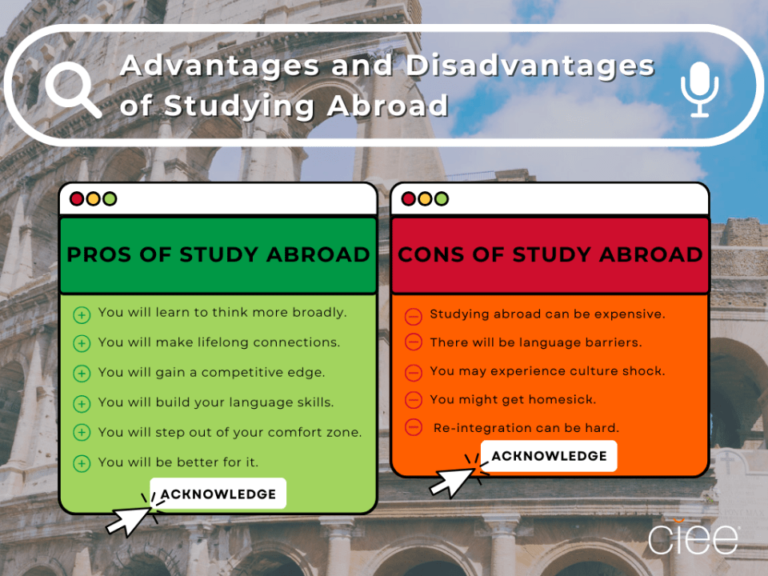The Benefits of Interdisciplinary Learning
Interdisciplinary learning is an educational approach that integrates knowledge and skills from multiple disciplines to create a more holistic understanding of complex issues. This method encourages students to draw connections between different fields, fostering creativity, critical thinking, and problem-solving skills. As the world becomes increasingly interconnected, the need for interdisciplinary learning in education is more important than ever. This article explores the key benefits of interdisciplinary learning and how it can enhance the educational experience.
Understanding Interdisciplinary Learning
Definition and Framework
Interdisciplinary learning involves combining insights, theories, and methods from different academic disciplines to explore a central theme or problem. This approach breaks down traditional subject barriers, allowing for a more integrated learning experience. For example, a project on climate change might include elements of science, politics, economics, and ethics.
Historical Context
The concept of interdisciplinary education has gained traction over the last few decades as educators recognize the limitations of siloed learning. Schools and universities increasingly incorporate interdisciplinary approaches into curricula, preparing students for the complexities of modern life.
Promoting Critical Thinking and Problem-Solving
Analytical Skills Development
Interdisciplinary learning encourages students to analyze problems from multiple perspectives. This approach cultivates critical thinking skills, as students must evaluate and synthesize information from different disciplines to arrive at informed conclusions.
Complex Problem-Solving
In today’s world, many problems cannot be solved through a single disciplinary lens. Interdisciplinary learning equips students with the tools to tackle complex issues, enhancing their ability to devise innovative solutions.
Enhancing Creativity and Innovation
Cross-Pollination of Ideas
By integrating various disciplines, students can explore new ideas and concepts that they might not encounter within the confines of a single subject. This cross-pollination of knowledge can lead to innovative thinking and creative problem-solving.
Encouraging Divergent Thinking
Interdisciplinary projects often require students to think outside the box, fostering an environment where divergent thinking is encouraged. This approach nurtures creativity and enables students to develop unique perspectives.
Fostering Collaboration and Communication
Teamwork Skills
Interdisciplinary learning often involves group projects that require collaboration among students with diverse skill sets. This experience helps students develop teamwork skills, which are essential for success in both academic and professional environments.
Effective Communication
Working with peers from different disciplines necessitates clear and effective communication. Students learn to articulate their ideas and listen to others, enhancing their ability to convey complex concepts in accessible ways.
Encouraging Real-World Applications
Connecting Theory to Practice
Interdisciplinary learning allows students to apply theoretical knowledge to real-world situations. By exploring relevant issues from multiple angles, students can better understand the complexities of the world around them.
Community Engagement
Many interdisciplinary projects encourage students to engage with their communities. This hands-on approach not only enriches the learning experience but also fosters a sense of social responsibility and civic engagement.
Preparing for Future Careers
Versatile Skill Set
In an increasingly interconnected job market, employers seek candidates with versatile skill sets. Interdisciplinary learning equips students with the ability to adapt and apply knowledge across various fields, making them more competitive in the workforce.
Lifelong Learning
Interdisciplinary education encourages a mindset of lifelong learning. Students develop the curiosity and adaptability needed to navigate the ever-changing landscape of knowledge and skills required in their careers.
Supporting Personal Growth and Development
Self-Discovery
Interdisciplinary learning encourages students to explore their interests and strengths across different fields. This exploration can lead to greater self-awareness and personal growth.
Confidence Building
As students tackle complex problems and collaborate with peers, they build confidence in their abilities. This sense of empowerment can have a lasting impact on their academic and personal lives.
Conclusion
Interdisciplinary learning offers numerous benefits that extend beyond the classroom. By fostering critical thinking, enhancing creativity, promoting collaboration, and encouraging real-world applications, this educational approach prepares students for the complexities of modern life. As the world becomes increasingly interconnected, embracing interdisciplinary learning will be vital for cultivating a generation of innovative thinkers and problem solvers. Educational institutions should prioritize and promote interdisciplinary methods, ensuring that students are well-equipped to navigate the challenges and opportunities of the future.





